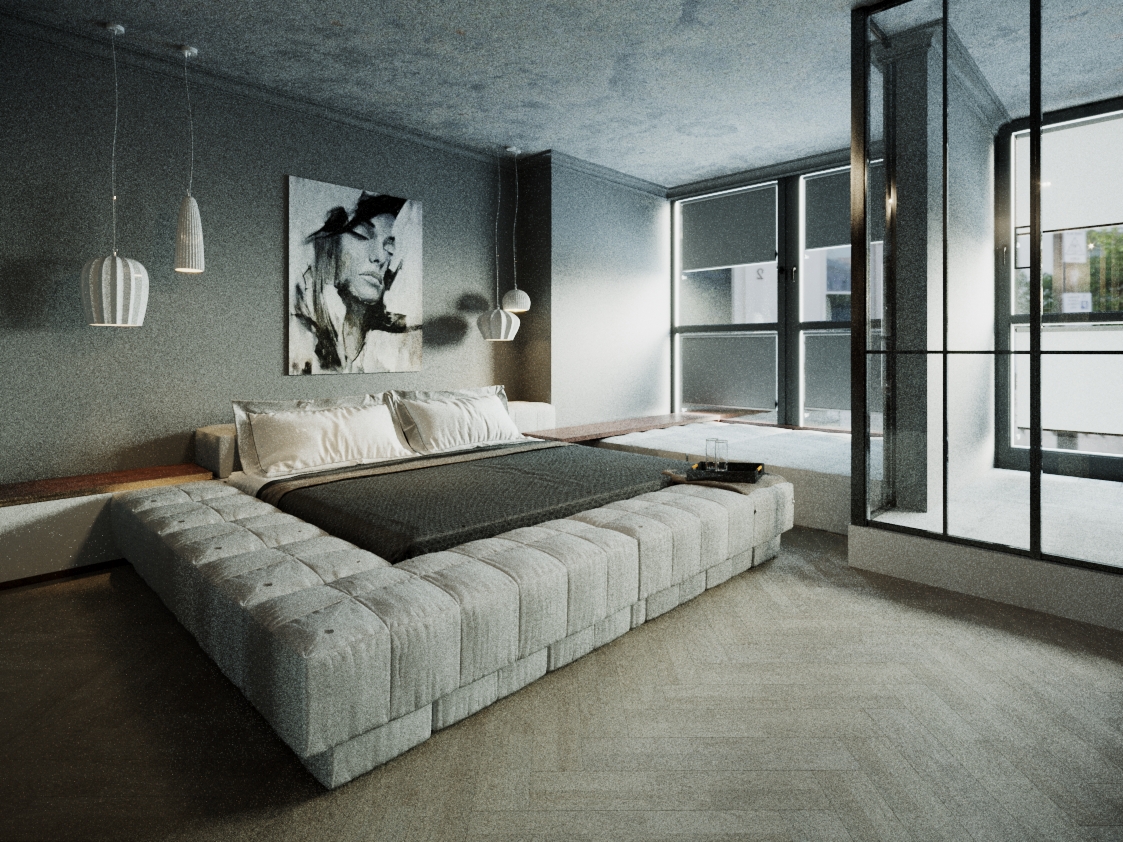If you are in any way related to a creative profession, for example, design or photography, video shooting or something similar, then you probably know how important lighting is for all of this.
In design, light is generally a natural, non-verbal language of communication.
With its help, the designer himself can implement more than 80 percent of his ideas, and the house can communicate with its owner or owners, says Yulia Tychino .

Not to mention that the daily mood of the inhabitants of the home will depend on the quality, type and level of lighting.
The exceptional importance of lighting is that by using lamps, LEDs and other sources wisely, you can fill the space with texture and volume, create the necessary mood, and even zone it into separate sections.
You can make one corner gloomy and the other happy and relaxing.
When different configurations of light fall on the same thing, on the same room, it can look diametrically opposed.
How to achieve visual comfort
Visual comfort is essentially what makes a person relax when he finally enters the walls of his own home.
And achieving it means fulfilling one of the most important tasks in interior design.
There is a specific principle that is responsible for the harmonious distribution of lighting brightness, it is based on the use of the main surfaces present in the room.
Proper color rendering and shadow formation should not be forgotten.
However, it often happens that the most hackneyed and well-worn techniques of designer lighting become quite boring, and you want something different.
Emotionally rich, festive, simply unusual.
And here new technologies and new ideas will come to the rescue, which are as original as you yourself are ready to go in the implementation of your bold ideas in order to achieve a truly stunning effect.
Possibilities of artificial lighting
Let's move on to practice. What do you think will happen if you place the lamps in close proximity to the baseboard, and direct the light itself onto the walls?
That's right, the entire room will be illuminated with diffused light, much like if you turned on a professional studio spotlight, where the lamp shines through a snow-white fabric.
But if you mount several multi-colored lamps under the ceiling, and hide them well from view, you can achieve the famous theatrical-circus effect.
Fiber optics are still extremely popular - thin glass tubes that transmit light and do not allow it to spread to the sides, but concentrate the light beam at the end of the "straw", resulting in a kind of beam of glowing glass grass.
This "grass" can be used to create a small starry sky on the ceiling.
The work is long, delicate and painstaking - to arrange several dozen glass tubes in random order, since each of them will play the role of one star.
And it would be great to make the part of the ceiling visible to the eye in the form of a suspended ceiling, glossy, and painted in space tones.
You will get a real shining starry sky, the light will diffuse and flow softly downwards.
Types of artificial lighting
Combination is one of the most popular lighting techniques today.
In order for it to work, several groups of lighting fixtures must be assembled in the same room. And each of them will perform its own task.
For example, spotlights can be installed around the perimeter of the room to visually highlight the walls.
And at the same time, sconces will be installed on the windows to act as central lighting.
And this scheme will work perfectly, zoning the space, and will certainly not at all resemble a typical or banal solution.
And if you dream of creating a contrast effect, you can use halogen lamps.
If you have a multi-level floor or ceiling in your apartment, it would be best to use parallel lighting, and you cannot do without neon lamps.









